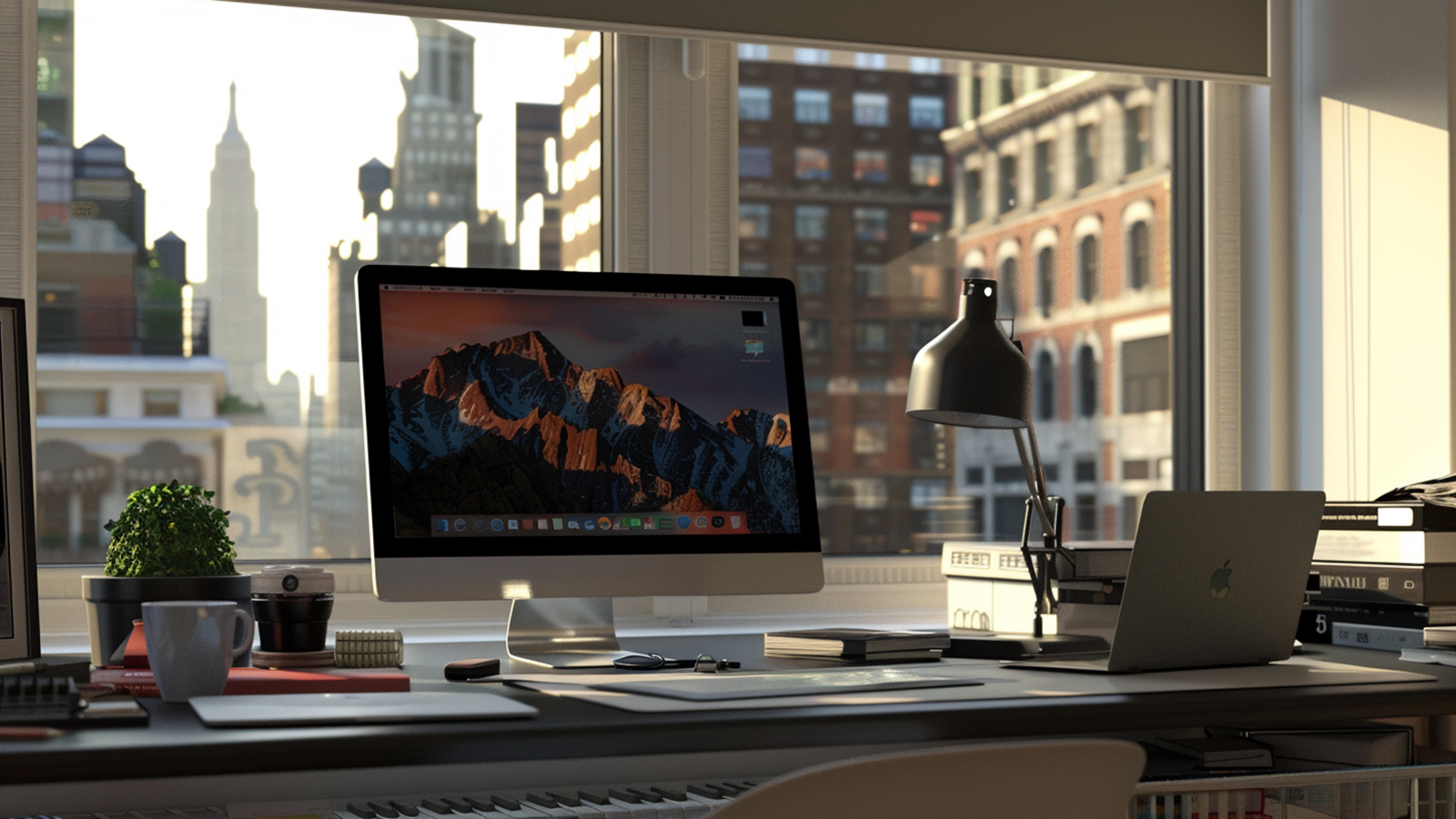
Image: Linda Nil Taskin Digital Art
If you’ve uploaded new files to your server, cleared your browser history and cached files, but still can’t see the updated pages on your website, there are a few potential causes for this issue:
1. Server Cache: Both parts emphasize the importance of server-side caching. Your hosting service may use caching to speed up load times. If the server cache hasn’t been cleared, it could still serve old versions of your pages. Check your hosting control panel for a cache clearing option or contact your hosting provider for assistance.
2. Content Delivery Network (CDN) Cache: Using a CDN like Cloudflare can lead to cached versions of your pages being served from various global nodes. To ensure updated content is visible, clear the cache through your CDN provider’s dashboard.
3. Browser Cache Persisting: Despite clearing your browser’s cache, some data might remain. Accessing your site through a different browser, incognito mode, or another device can help determine if this is the issue.
4. File Upload and FTP Issues: Ensure files were uploaded successfully to the correct directory. Connection issues or uploading to the wrong folder could result in no visible changes on your website. Double-check the upload path for accuracy.
5. DNS Propagation and Propagation Delay: If you’ve recently pointed your domain to a new server or changed DNS settings, there might be a delay in these changes being reflected globally. This can affect how your site is accessed, although it’s less directly related to file updates.
6. File Permissions: Incorrect permissions can prevent new files from being accessed properly. Files typically should be set to 644 and directories to 755 to ensure correct access.
7. Incorrect File Names or Extensions: A simple typo in file names or extensions can lead to the server loading the wrong file. Verify that updated files have the correct names and extensions.
8. Dynamic Content Issues: If your site uses a CMS (like WordPress) or server-side scripting (like PHP), caching mechanisms or scripting errors might prevent updated content from displaying. Investigate these aspects if applicable.
9. ISP Cache: Although rare, ISP caching can affect how updates are seen. This issue usually resolves over time but is less commonly the cause.
10. Browser Issue: Trying a different browser or incognito mode was suggested to rule out local cache problems, highlighting the importance of ensuring the issue isn’t localized to a single browser environment.
To diagnose and resolve the issue, you might need to systematically go through these potential causes. If the problem persists, consider reaching out to your web hosting provider’s support team for assistance, as they can provide more specific guidance based on their systems and your account details.
By systematically investigating these areas, you can identify and resolve the issue preventing your updated pages from being displayed. If problems persist, reaching out to your web hosting provider’s support team is advised for more tailored assistance.

Image: Linda Nil Taskin Digital Art
How can I clear server cache?
Clearing the server cache can depend on your hosting environment and the tools or services you’re using. Here are some general methods for clearing server cache across different platforms:
1. cPanel Hosting
If your hosting uses cPanel:
– Log in to your cPanel dashboard.
– Look for sections like “Cache Manager” or “Optimize Website.” The availability of these options depends on your hosting provider.
– Use the provided options to clear the cache for your website.
2. Managed WordPress Hosting
For websites hosted on platforms like WP Engine, SiteGround, or Bluehost’s managed WordPress hosting:
– Access your hosting account dashboard.
– Look for caching options, often found under “Performance” or directly labeled as “Cache.”
– You should find an option to clear cache for your website.
3. Using a Content Management System (CMS) Plugin
If your website uses a CMS like WordPress:
– Install a caching plugin if you haven’t already (e.g., W3 Total Cache, WP Super Cache, LiteSpeed Cache).
– Go to the plugin settings within your WordPress dashboard.
– Look for an option to clear cache and follow the plugin’s instructions.
4. Cloudflare or Other CDN Services
If you use a CDN like Cloudflare:
– Log in to your CDN provider’s dashboard.
– Navigate to the caching section.
– Look for an option to purge cache. You might have the choice to purge everything or selectively clear cached resources.
5. Command Line (Advanced)
If you have SSH access to your server and are comfortable with command-line interfaces:
– Connect to your server using a tool like PuTTY (for Windows) or Terminal (for macOS and Linux).
– The command to clear cache depends on your server setup. For example, if you’re using Nginx, you might need to clear the cache from the directory where it’s stored, which could involve deleting files from a specific directory.
6. Contacting Hosting Support
If you’re unsure or if the above options are not available:
– Reach out to your hosting provider’s support team. They can guide you through the process or clear the cache for you.
Note:
Before clearing the cache, it’s a good idea to understand the type of cache your site is using and have a backup of your website, if possible. Clearing the cache can sometimes lead to temporary performance dips as cached content is rebuilt, so it’s typically best done during off-peak hours.
Linda Nil Taskin